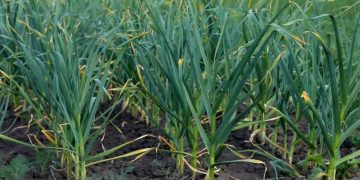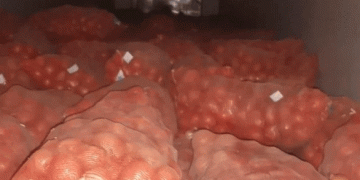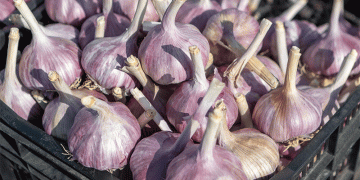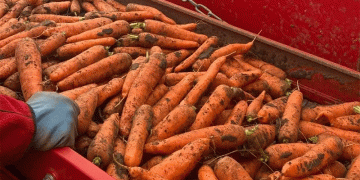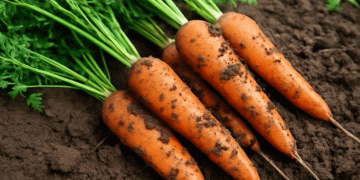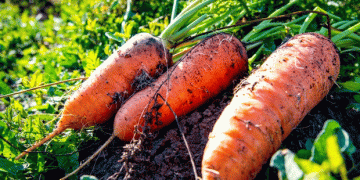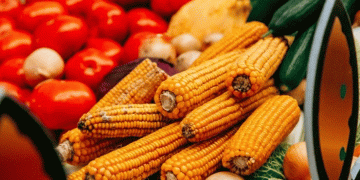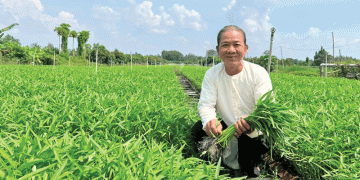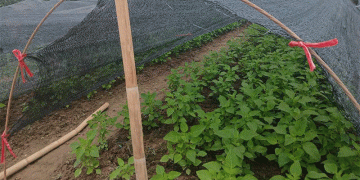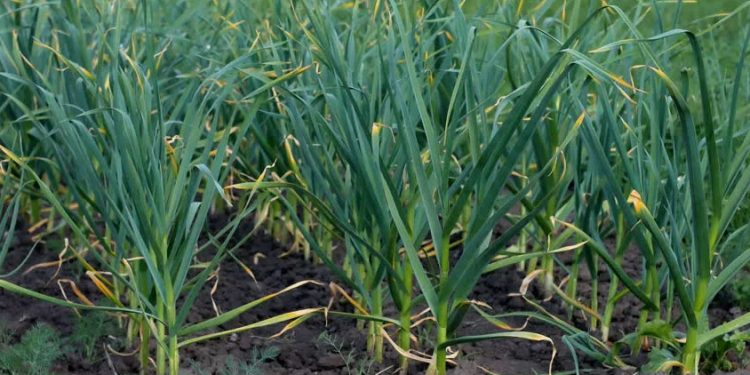Farmers and agronomists in Córdoba, Spain, are cautiously optimistic about this year’s garlic harvest, despite ongoing water shortages and a significant reduction in cultivated land. According to FyH.es, the garlic-growing area in Córdoba has stabilized at under 1,000 hectares—just half of last year’s acreage—as farmers grapple with irrigation uncertainties.
Climate and Planting Delays
Miguel del Pino, President of the Garlic Sector at ASAJA Córdoba, notes that harvesting is expected to begin after May 15, slightly later than usual due to an unusually warm winter. Such climatic shifts are becoming more frequent, forcing farmers to adapt planting schedules to avoid crop stress.
High Costs and Water Dependence
Garlic farming remains highly capital-intensive, with production costs ranging between €12,000–13,000 per hectare. Without guaranteed irrigation—a growing concern in drought-prone Andalusia—farmers risk substantial losses. Many have relocated production to regions like Sevilla, Málaga, and Castilla-La Mancha, where water availability is perceived as more stable.
Strong Export Demand Sustains Prices
Despite production challenges, Córdoba’s garlic remains a global commodity, with 90% destined for export. In 2024, international sales surged to €54.7 million, a 20.5% increase from the previous year, according to Spanish Ministry of Agriculture. Last season’s prices peaked at €2.30/kg, nearly double the previous year’s rate, reflecting strong global demand.
A Sector Balancing Risk and Reward
While Córdoba’s garlic farmers face mounting pressures—water scarcity, rising costs, and climate volatility—their ability to maintain high yields and secure premium export prices underscores the crop’s economic importance. Strategic investments in efficient irrigation and drought-resistant varieties will be crucial for long-term sustainability.
